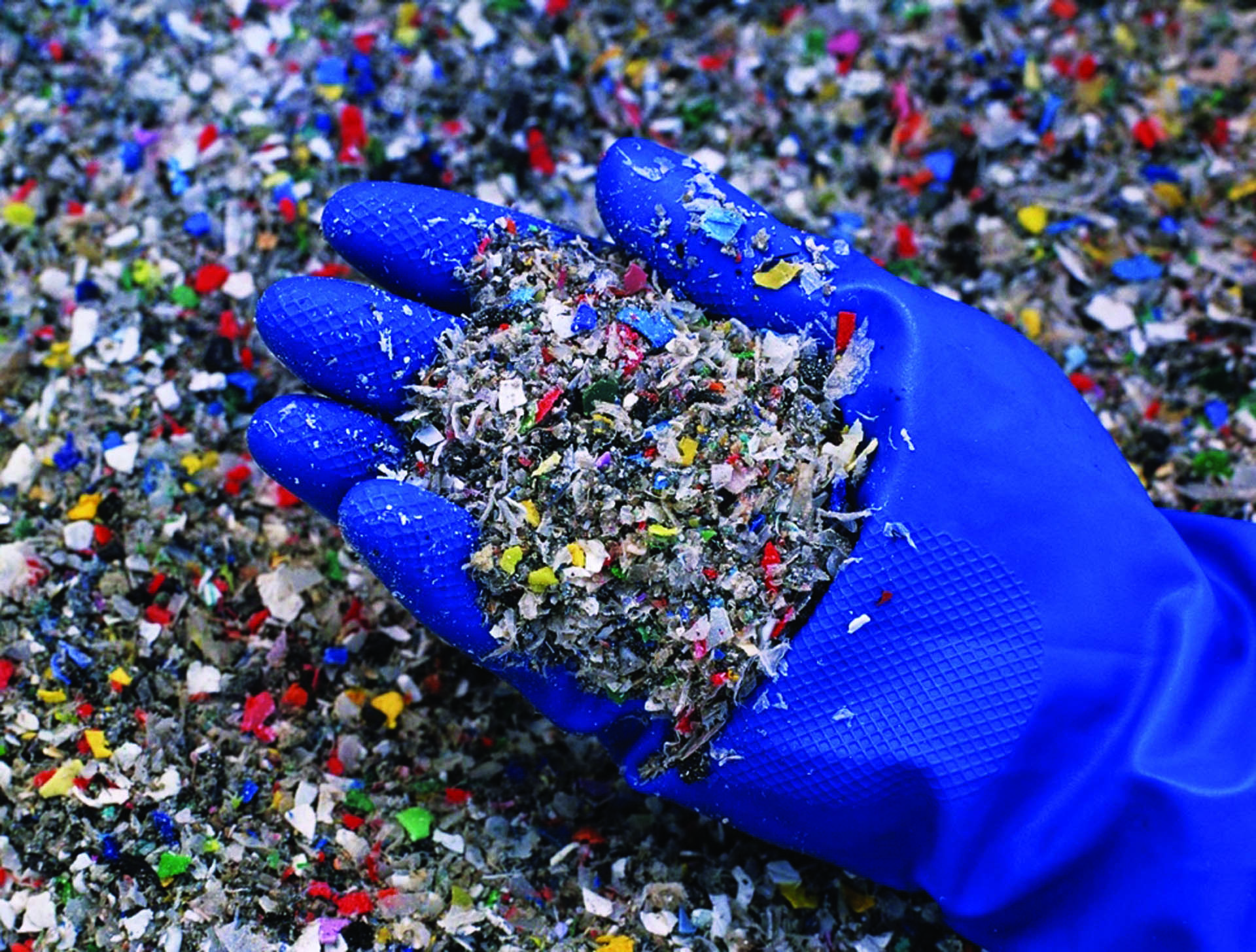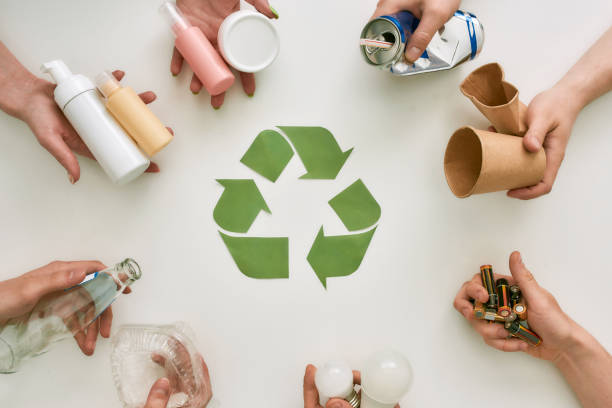Plastic Pyrolysis Reactor is A Sustainable Practice for Pollution Reduction
In a world grappling with the environmental repercussions of plastic waste, the plastic pyrolysis revolution has emerged as a beacon of hope. This innovative technology is reshaping the landscape of waste management and offering sustainable practices for pollution reduction. In this comprehensive exploration, we will delve into the intricacies of plastic pyrolysis reactor, its impact on pollution reduction, and its role in forging a more sustainable future.

Understanding Plastic Pyrolysis
Plastic pyrolysis is a revolutionary process that involves the thermal decomposition of plastic waste in the absence of oxygen. This method stands in stark contrast to traditional methods of plastic disposal, such as landfilling or incineration, which often contribute to environmental degradation and pollution. Pyrolysis transforms plastic waste into valuable resources, such as liquid fuels, gases, and char.
The Process Unveiled
The plastic pyrolysis process typically consists of the following stages:
Feedstock Preparation: Plastic waste is collected and sorted to remove contaminants, ensuring a more efficient pyrolysis process.
Pyrolysis Reactor Operation: The plastic is then fed into a specially designed reactor, where it undergoes controlled heating in the absence of oxygen. This prevents the plastic from combusting and instead initiates the decomposition process.
Product Collection: The resulting products of pyrolysis-liquid fuel, gases, and char-are collected and can be further refined for various applications.
Emission Control: Advanced Beston plastic pyrolysis plant incorporates emission control technologies to minimize environmental impact, ensuring that the process is environmentally friendly.
Environmental Impact: Pollution Reduction at Its Core
1. Reducing Plastic Pollution
Plastic pyrolysis directly addresses the ubiquitous problem of plastic pollution. By transforming plastic waste into valuable resources, this technology significantly reduces the amount of plastic ending up in landfills, oceans, and other ecosystems. With millions of tons of plastic waste generated globally each year, the potential impact on pollution reduction is immense.
2. Mitigating Greenhouse Gas Emissions
Traditional plastic disposal methods, particularly incineration, contribute to the release of greenhouse gases into the atmosphere. In contrast, plastic pyrolysis is a low-emission process. The controlled conditions in the reactor prevent the release of harmful gases associated with other disposal methods, contributing to climate change mitigation.
3. Closing the Recycling Loop
Plastic pyrolysis complements traditional recycling efforts by providing a solution for plastic types that are challenging to recycle. This includes mixed or contaminated plastics that may not be suitable for conventional recycling processes. By closing the recycling loop, pyrolysis ensures that a broader spectrum of plastic waste is diverted from landfills.
4. Resource Recovery and Circular Economy
One of the standout features of plastic pyrolysis is its ability to recover valuable resources from plastic waste. The liquid fuels produced, often referred to as pyrolysis oil, can be used as an alternative to conventional fossil fuels. This resource recovery not only reduces the demand for new raw materials but also contributes to the development of a circular economy, where waste is treated as a valuable resource.

Challenges and Innovations in Plastic Pyrolysis
While plastic pyrolysis holds immense promise, it is not without its challenges. Technological, economic, and regulatory hurdles have necessitated ongoing innovations to improve efficiency and address environmental concerns.
1. Technological Advancements
Continuous research and development efforts have led to the evolution of pyrolysis reactor designs, enhancing efficiency and output. Advanced catalytic processes and reactor configurations contribute to higher yields of valuable products, making plastic pyrolysis more economically viable.
2. Economic Viability
The economic viability of plastic pyrolysis has been a point of contention. Initial investment costs, operational expenses, and the market value of the end products all play crucial roles in determining the success of pyrolysis ventures. Innovations in process optimization and scaling have been pivotal in improving the economic feasibility of plastic pyrolysis.
3. Regulatory Landscape
Regulatory frameworks governing waste management and recycling vary globally. Portable pyrolysis machine initiatives must navigate a complex regulatory landscape to ensure compliance with environmental standards. Advocacy for supportive policies and collaboration between industry stakeholders and policymakers are essential for fostering a conducive environment for plastic pyrolysis.
4. Public Perception and Awareness
Public perception of plastic pyrolysis, much like any emerging technology, plays a crucial role in its acceptance and adoption. Educating the public about the benefits and safety measures associated with pyrolysis can help overcome skepticism and build support for this innovative approach to waste management.
Case Studies: Plastic Pyrolysis in Action
To underscore the real-world impact of plastic pyrolysis, let’s examine a few notable case studies from around the globe.
1. The Netherlands: Plastic to Fuel Initiatives
In the Netherlands, several companies have embraced plastic pyrolysis to convert plastic waste into valuable fuels. By tapping into this technology, these initiatives contribute to the country’s ambitious goals of reducing plastic waste and promoting a circular economy.
2. India: Addressing Plastic Pollution in Urban Areas
In urban areas of India, where plastic pollution poses a significant challenge, pilot projects employing plastic pyrolysis have shown promising results. These projects not only contribute to pollution reduction but also provide economic opportunities for waste pickers and local communities.
3. United States: Innovations in Plastic Pyrolysis Technology
In the United States, research institutions and private enterprises are collaborating to develop and deploy advanced plastic pyrolysis technologies. These initiatives aim to enhance the efficiency of the process and explore new applications for the end products, further establishing plastic pyrolysis as a sustainable solution.
The Future of Plastic Pyrolysis: A Sustainable Path Forward
As plastic pyrolysis continues to gain traction as a viable solution for pollution reduction, the future looks promising. Ongoing research, technological innovations, and increased awareness are shaping a landscape where plastic waste is seen not as a problem but as a valuable resource.
1. Technological Integration
The integration of plastic pyrolysis into existing waste management infrastructure is a crucial step forward. Collaborations between municipalities, waste management companies, and technology providers can facilitate the seamless incorporation of pyrolysis into broader waste management strategies.
2. Global Collaboration
The plastic pollution crisis knows no borders, and addressing it requires global collaboration. International partnerships, knowledge exchange, and the sharing of best practices can accelerate the adoption of plastic pyrolysis on a global scale, creating a united front against plastic pollution.
3. Education and Advocacy
Educating the public about the benefits and safety measures associated with plastic pyrolysis is essential for building support and overcoming resistance. Advocacy efforts can play a pivotal role in shaping public opinion and encouraging policymakers to embrace this innovative approach to waste management.
4. Policy Support for Sustainable Practices
Governments play a crucial role in shaping the trajectory of sustainable practices. Supportive policies that incentivize the adoption of plastic pyrolysis, coupled with stringent regulations on plastic disposal, can create an environment conducive to the growth of this revolutionary technology.
Conclusion: Paving the Way for a Cleaner Tomorrow
The plastic pyrolysis revolution is not just a technological breakthrough; it represents a paradigm shift in how we approach plastic waste. By turning a pervasive environmental challenge into an opportunity for resource recovery, plastic pyrolysis offers a sustainable path forward. As we continue to refine and expand the reach of this technology, we move closer to a future where pollution reduction is not just a goal but a tangible reality. The journey toward a cleaner, more sustainable tomorrow is underway, and plastic pyrolysis is leading the way.